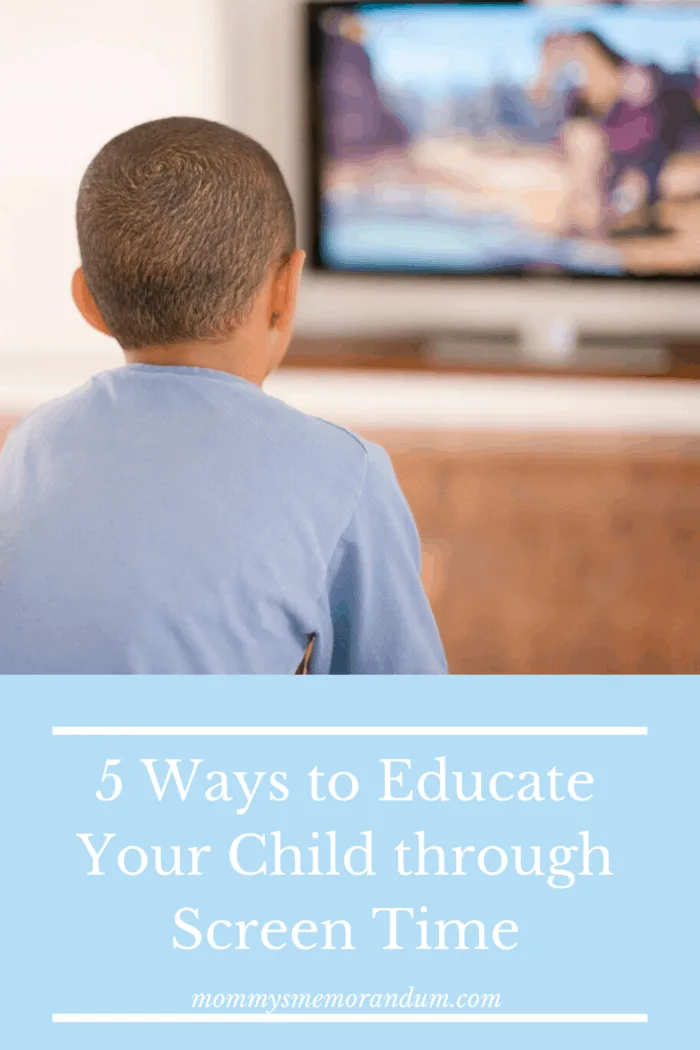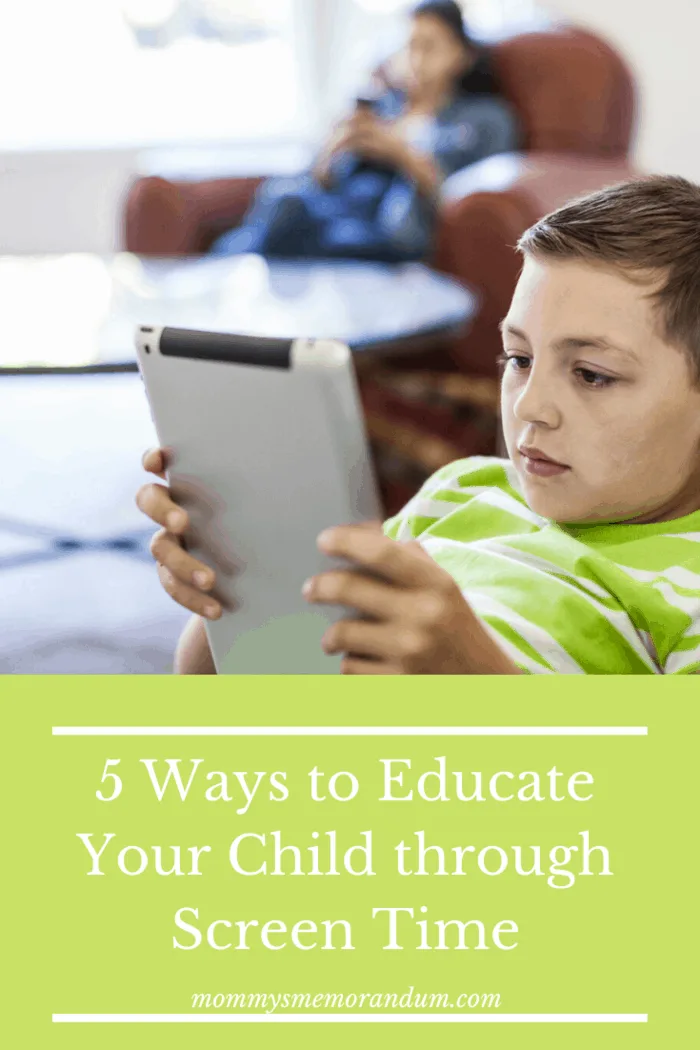Discover fun, educational ways to educate your child through screen time with engaging apps, videos, and games. Make screen time productive!
Turning Screen Time into Learning Time: 5 Effective Ways to Educate Your Child
In today’s fast-paced digital age, screens are everywhere—computers, tablets, TVs, and smartphones. For many parents, managing their child’s screen time feels like walking a tightrope. We worry that too much screen time can lead to negative consequences like obesity, sleep issues, or behavioral challenges. But not all screen time is harmful. In fact, with the right tools and guidance, screen time can become a powerful educational tool for your child.
As a parent, I’ve struggled with finding that balance. But over time, I’ve found ways to turn screen time into something positive—learning time. Let me take you through the five strategies I’ve used to ensure my children are getting the most out of their time in front of the screen.

1. Engage with Online Videos That Educate
I still remember one rainy afternoon in February, my daughter was glued to a math video on YouTube. She was hooked—not because she had to watch it, but because the content was fun, interactive, and engaging. Online videos, when chosen wisely, can be an incredible learning resource.
Many schools and districts use video as a classroom tool because it keeps children engaged while teaching them complex ideas in simple, relatable ways. Think of it like this: your child could be watching a video on how the water cycle works one minute and the next, they’re applying what they learned in an experiment at home.
One thing to note—ensure that the videos are age-appropriate and educational. Platforms like YouTube offer thousands of videos on a range of subjects from reading to science. But be mindful of what your child is absorbing—children, especially at a young age, soak up information like a sponge.
Quick Tip: For younger children, check out channels like “PBS Kids” or “CrashCourse Kids” for educational videos that are both informative and fun.

2. Leverage Early Online Learning Programs
It was around the time my son turned three that I started looking for something beyond books and puzzles to challenge him. That’s when I discovered early online learning programs. These programs are designed for young children and cover everything from language skills to math to emotional development.
One of our favorite programs has been ABCmouse. It offers interactive lessons in reading, math, and science, all wrapped up in games and stories that captivate young minds. My son loved “going to school” online—he thought of it as playtime, but I knew he was learning valuable skills.
Programs like these are a fantastic way to ensure that your child’s screen time is productive. Plus, many of them encourage parental involvement, so you can join in the fun too.
Take Action: Research and explore learning platforms like ABCmouse, and consider signing up through my Amazon affiliate link here to get started on your child’s educational journey.

3. Explore Educational Computer Apps and Software
These days, nearly every home has a computer. Why not put it to good use? Educational apps and software have come a long way, offering exciting and interactive ways for children to learn.
My daughter, who had always struggled with math, started using an app called DragonBox Algebra. It transformed the way she looked at numbers—it turned algebra into a game. The result? She went from dreading math homework to actually enjoying it.
If your child loves books, consider Amazon Kindle for access to endless reading materials or try Duolingo if they’re interested in learning a new language. These apps make education fun, and with so many options available, you’re sure to find something that aligns with your child’s interests.
4. Make Learning Fun with Educational Games
There’s no denying that kids love games—whether on a computer, tablet, or console. While it’s tempting to let them indulge in mindless entertainment, many games today are both fun and educational.
For instance, I introduced my kids to Counting Pizza Party, where they learned to count while making pizzas. It quickly became a family favorite. Another hit in our household has been Nouns and Verb Sorts, a simple yet effective game that teaches grammar.
As parents, it’s crucial to make screen time meaningful. Games are a great way to do that—especially when they can teach new skills in a fun, engaging way. Whether your child is learning about math, language, or even history, there are countless educational games to explore.
Pro Tip: Look for games that have educational value and are age-appropriate. Many online platforms like PBS Kids or Cool Math Games offer free options that can be both entertaining and educational.

5. Turn Mobile Phones into Learning Tools
We’ve all been there. You’re out running errands, and your child is bored. Instinctively, you hand them your phone. Instead of letting them mindlessly scroll, why not transform that time into something productive?
There are a plethora of mobile apps designed specifically for kids. One of our go-tos is To-Do Math, an app that helps younger children with their counting skills. For older kids, there’s Epic!, an app filled with endless reading material.
The next time your child asks for your phone, you can feel confident knowing they’re engaging in something educational, not just entertainment.
Wrapping It All Up: Screen Time Doesn’t Have to Be a Battle
Screen time, when used thoughtfully, can be a great tool in your child’s educational development. By incorporating the right videos, programs, apps, and games, you can turn those moments in front of the screen into something productive.
Now, it’s your turn. What has worked for you when managing your child’s screen time? Have you found any educational apps or videos that your child loves? Drop a comment below—I’d love to hear from you! Let’s make screen time work for us and our kids!
